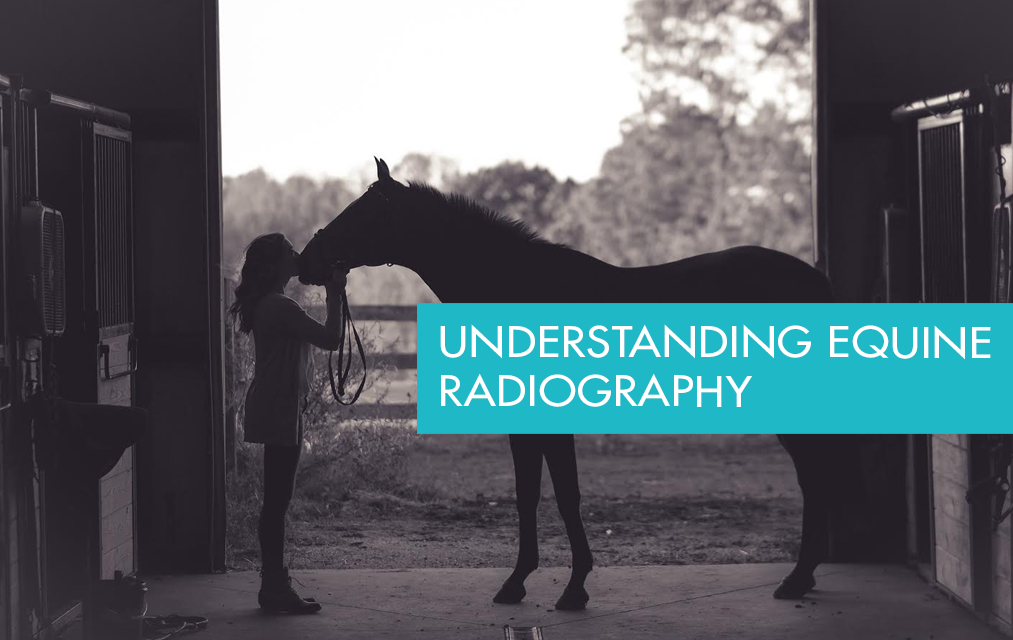Equine radiography may seem a bit niche even among veterinary radiography, but it is indeed a field that requires plenty of attention. Just like any other patient, horses require radiography for both a diagnosis as well as charting the progress of treatment. However, there are some unique elements that need to be considered when it comes to seeing the most success in this area.
As a start, when working with smaller animals, positioning isn’t generally a huge concern. With horses, this is quite different. Along with having the proper equipment, it’s important to make sure the animal is both sedated and staged in a way that allows for quality images as well as safety. In addition, it’s important to get images with as few errors as possible, to avoid having the animal in these positions for an extended period of time (if not necessary).
Along with this, equine radiography poses challenges beyond the unique nature of the patients. For example, veterinarians need to learn the specialized equipment they get to its full potential. A good example of this is maintaining the physical markers, even when transferring to digital. This keeps a lateral radiograph, and minimizes the chance of unnecessary redos.
Equine radiography presents unique challenges when it comes to veterinary radiography in general, and you want to make sure you have the equipment that can properly handle these clients. If you are thinking of taking on equine patients, be sure to schedule a consultation with ExamVue Digital X-Ray first. We can help you find the best match possible for your needs, budget, and business. The benefits don’t stop after you purchase, either. With our 5-5-5 Coverage Program, make sure that you have all the support that you need to help keep your equipment up and running.


